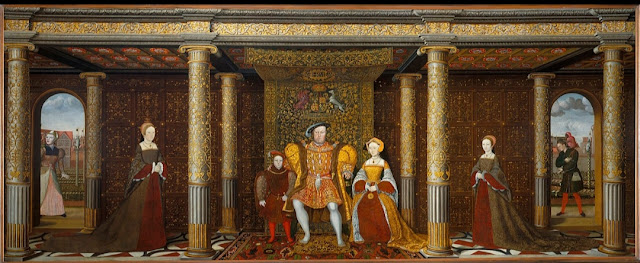Synopsis of Renaissance Literature
Renaissance Writing (1485-1660)
 |
| Renainssance Art |
I. Introduction
The Renaissance, which crossed from the late 15th to the mid-17th century, was a social and mental development that stamped a noteworthy move in European writing. This period saw a resurgence of intrigued in classical Greek and Roman writings, as well as a center on humanism, independence, and the potential for human achievement.
European writing experienced a sensational alter amid the Renaissance, a social and mental development that endured from the late 15th to the mid-17th century. Amid this time, humanism, independence, and the plausibility of human victory were emphasized, and classical Greek and Roman writing delighted in a
 |
| Renainssance Art |
II. Key Characteristics
1. Restoration of Classical Learning: Researchers looked for out and interpreted old Greek and Roman writings, driving to a recharged intrigued in classical culture and values.
2. Humanism: Scholars emphasized the potential for human accomplishment and the significance of independence, reason, and mental curiosity.
 |
| Renainssance Art |
3. Impersonation and Advancement: Creators regularly imitated classical shapes and styles, whereas too testing with unused classes, subjects, and techniques.
4. Development of Vernacular Dialects: Journalists started to utilize vernacular dialects, such as English, French, and Italian, or maybe than Latin, which had been the prevailing scholarly language.
 |
| Renainssance Art |
III. Major Creators and Works
1. William Shakespeare: Plays like "Romeo and Juliet," "Village," and "Macbeth" showcased his authority of dialect, show, and the human condition.
2. Edmund Spenser: "The Faerie Queen" (1590-1596) exemplified the Renaissance epic lyric, mixing classical and Christian themes.
3. John Donne: As a mystical artist, Donne's works, such as "The Sun Rising" and "Heavenly Pieces," investigated complex topics and emotions.
4. Ben Jonson: A conspicuous writer and artist, Jonson's works, counting "Volpone" and "The Chemist," satirized the abundances of Renaissance society.
IV. Major Classes and Forms
1. *Piece*: A 14-line lyric, ordinarily composed in rhyming pentameter, which investigated subjects of adore, magnificence, and mortality.
2. *Epic Sonnet*: Long, account lyrics that told stories of courageous deeds and incredible figures.
3. *Show*: Plays, frequently composed in verse, which investigated subjects of human nature, ethical quality, and the human condition.
4. *Parody*: Scholarly works that utilized incongruity, mockery, and mock to criticize the overabundances and imprudences of Renaissance society.
V. Conclusion
Renaissance writing stamped a noteworthy turning point in the improvement of English writing, as journalists started to investigate modern subjects, shapes, and styles. The period's accentuation on humanism, independence, and classical learning made a difference shape the scholarly scene of Europe and past.

Comments
Post a Comment